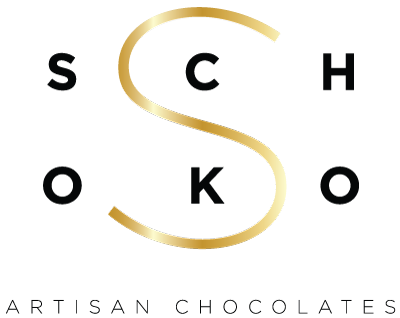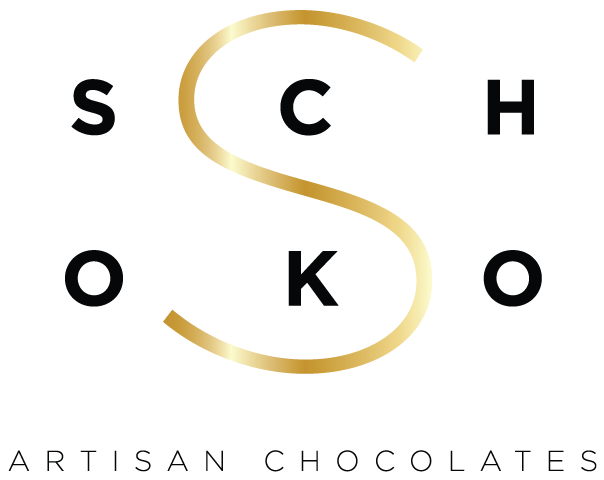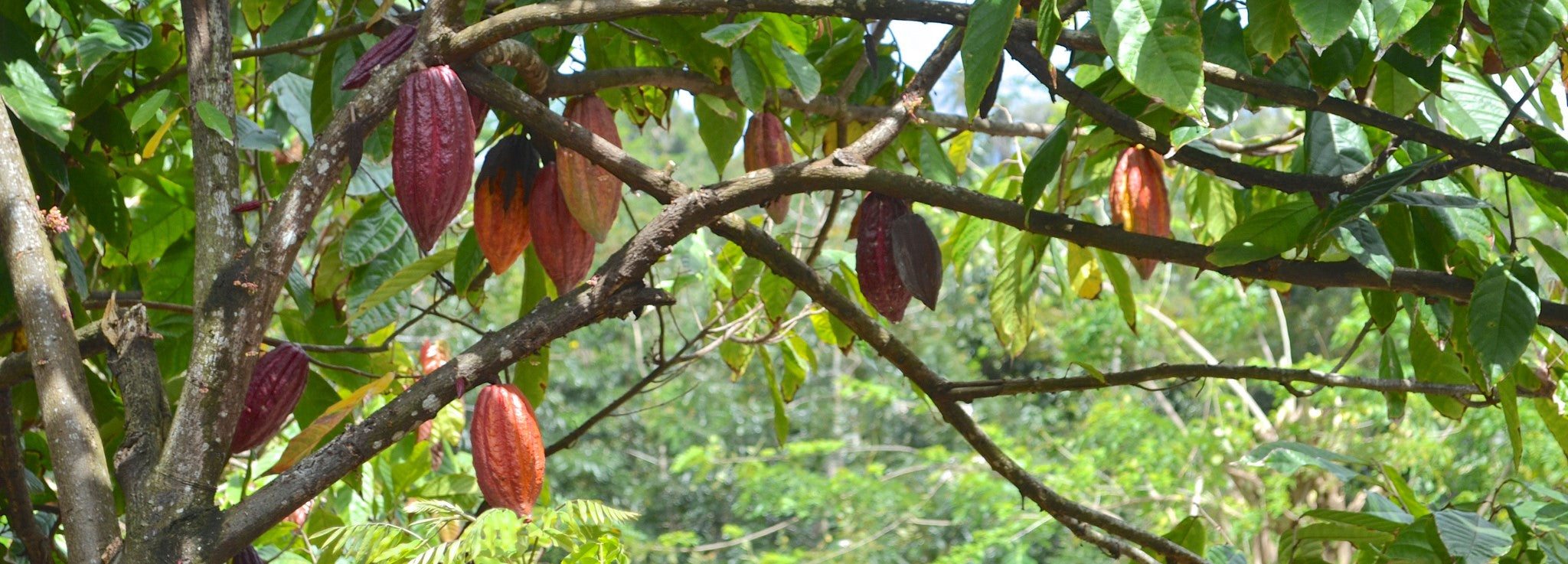Food of the gods – is literally what Theobroma Cacao means – Aka the Cocoa tree
Even as a tree it holds so much beauty in its delicate nature. It only grows in humid, tropical climates normally only in regions closest to the equator. It demands temperatures between 24 – 26 Degrees, abundant and regular rains, soils fill of potassium, nitrogen and other trace elements. The young cocoa trees are...
Even as a tree it holds so much beauty in its delicate nature. It only grows in humid, tropical climates normally only in regions closest to the equator. It demands temperatures between 24 – 26 Degrees, abundant and regular rains, soils fill of potassium, nitrogen and other trace elements. The young cocoa trees are...
particularly delicate, vulnerable to direct sunlight and wind, they develop initially in the protective shade of other trees such as banana trees. There is actually one company here in Australia that have managed to grow, harvest and produce great chocolate out of the Daintree area of Queensland.
The Cocoa tree grows to about 5 meters within the first three years and reaches 8 meters in about ten years. A tree lives normally for 30-40 years. They produce millions of flowers throughout the year, but in the wild, only 5-10% of the flowers are fertilized, and then five months is required it to fruit, in the form of a pod. The pods start out as a green or violet colour and as they ripen turn yellow or orange, weighing between 200g – 1kg depending on the variety can end up being about 20cm long, and about 8cm wide.A ripe pod contains 30-40 seeds in a cluster, surrounded by a white gel, which is loved by monkeys and parrots.
There are three distinct varieties of cocoa;
- Criollo – the original cocoa tree, now found in multiple continents, but originally was grown in Venezuela, Central America, and Mexico. The Criollo is reserved for use only in the very finest chocolates with its reputation for fineness and intense aroma
- Forastero – is a much more diverse and resistant tree, and therefore more productive than Criollo. It accounts for nearly 80% of the world's production
- Trinitario – a natural hybrid of the two, with quality and quantity varying from tree to tree.
All of the best chocolate makers use cocoas that are called fine or aromatic of Criollo, Trinitario, to maintain a consistently premium product. These cocoas are beautiful in natural flavours; fruity, woody and floral. Currently, the production of fine and aromatic cocoas only represents 4% of the world markets.
The Cocoa tree grows to about 5 meters within the first three years and reaches 8 meters in about ten years. A tree lives normally for 30-40 years. They produce millions of flowers throughout the year, but in the wild, only 5-10% of the flowers are fertilized, and then five months is required it to fruit, in the form of a pod. The pods start out as a green or violet colour and as they ripen turn yellow or orange, weighing between 200g – 1kg depending on the variety can end up being about 20cm long, and about 8cm wide.A ripe pod contains 30-40 seeds in a cluster, surrounded by a white gel, which is loved by monkeys and parrots.
There are three distinct varieties of cocoa;
- Criollo – the original cocoa tree, now found in multiple continents, but originally was grown in Venezuela, Central America, and Mexico. The Criollo is reserved for use only in the very finest chocolates with its reputation for fineness and intense aroma
- Forastero – is a much more diverse and resistant tree, and therefore more productive than Criollo. It accounts for nearly 80% of the world's production
- Trinitario – a natural hybrid of the two, with quality and quantity varying from tree to tree.
All of the best chocolate makers use cocoas that are called fine or aromatic of Criollo, Trinitario, to maintain a consistently premium product. These cocoas are beautiful in natural flavours; fruity, woody and floral. Currently, the production of fine and aromatic cocoas only represents 4% of the world markets.



